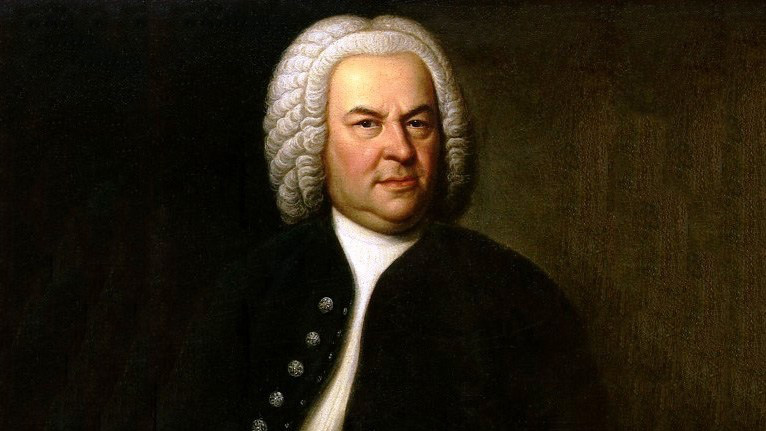Confessions of a Bachophile — Chapter 17
In my review of the Knoxville Symphony Chamber Orchestra’s February concert that included the J.S. Bach Concerto for Two Violins, I stated—humorously, I thought—that it seemed listeners simply could not get enough of Bach’s music. Based on audience reaction, that statement was undeniably true. But it also understates the fundamental influence that J.S. Bach has had on music history, an influence that has transcended the periodic trendy “revivals” — even into the music and performance of 2018.
It’s not necessarily easy to program Bach on concert bills that also feature later music, but KSO Maestro Aram Demirjian seems to have found a key or two—pair Bach with works that have intriguing musical references, and perform it with the same energy and attention to detail given to contemporary music. On Sunday’s Chamber Classics concert, Demirjian and the orchestra covered almost 290 years of music history with works by Bach, Mozart, Stravinsky, and Theofanidis, yet with a freshness, vitality, and crispness that seemed to render them all ageless.
The afternoon opened with Bach’s Brandenburg Concerto No. 3, a work that had direct references to what followed: Igor Stravinsky’s Concerto in E-flat major “Dumbarton Oaks” and contemporary composer Christopher Theofanidis’ Muse. In the case of the Stravinsky, the 50-something composer was moving away from his shock-and-awe modernism of earlier in the 20th Century into a neo-classical vein. The work, commissioned and first performed in 1938, makes specific references to the Brandenberg 3, but its delight comes in the way it passes J.S. Bach and the Baroque aesthetic through a Stravinsky textural filter. Just as in the Bach, Demirjian and the orchestra painted the work with crisp, energetic lines and sparkling colors.
Theofanidis wrote Muse on a commission from the Orpheus Chamber Orchestra as part of a series titled “The New Brandenburgs.” The work uses the same instrumentation as the Brandenburg 3 — three violins, three violas, three cellos, contrabass, and harpsichord continuo. While the composer’s stated intention was to push toward Baroque harmony and rhythm, the listener receives an overall contemporary texture that has definite substance but with a sense of intermingling melodic lines.
Not surprising, the pièce de résistance of the afternoon came last — Mozart’s Symphony No. 41 “Jupiter”. While the symphony’s Finale movement and its graceful adaptation of Baroque polyphony made the thematic connection, what really stood out here was the delightful specificity that Demirjian and the orchestra took with contrasts of dynamics and tempo. This was certainly no ho-hum, standard reading of Mozart, but rather one that gave the work energy and sparkle that kept the listener’s ear and brain working, riding the satisfying ebb and flow of well-played conversational lines between instruments, and textural bursts between sections.
Sunday’s Chamber Classics concert was the final one for the chamber orchestra this season—sad news for those listeners who are finally discovering the joys of the Bijou concerts. But, there’s always next year.








